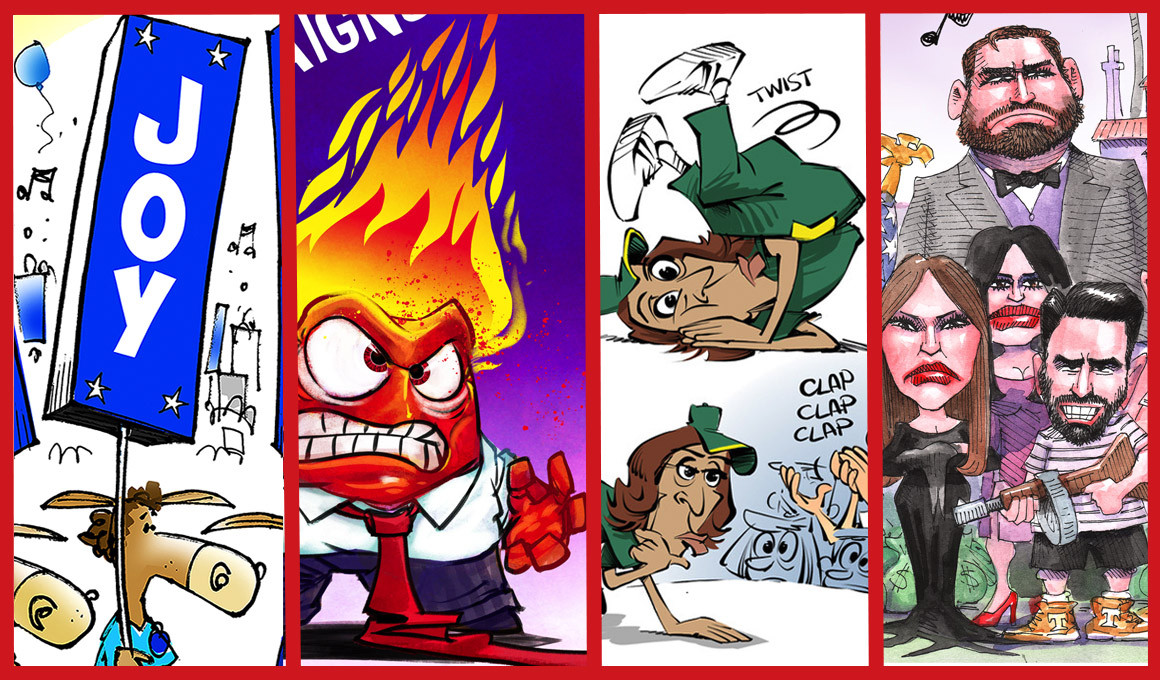Blog
Lev Sergeyevich Termen (Russian: Лев Сергеевич Термен, IPA; 27 August [O.S. 15 August] 1896 – 3 November 1993), better known as Leon Theremin, was a Russian inventor, most famous for his invention of the theremin, one of the first electronic musical instruments and the first to be mass-produced. He also worked on early television research. His secret listening device, “The Thing“, hung for seven years in plain view in the United States ambassador‘s Moscow office and enabled Soviet agents to eavesdrop on secret conversations.
more...Looking past its long spiral arms filled with stars and the dark threads of dust crossing it, your eye might be caught by the shining point at the centre of UGC 3478, the spiral galaxy starring in this Hubble Picture of the Week. This point is the galaxy’s nucleus, and indeed there is something special about it: it is a growing giant black hole which astronomers call an active galactic nucleus, or AGN. UGC 3478, located in the constellation Camelopardalis, is what is known as a Seyfert galaxy. 128mly away. This is a type of galaxy with an AGN at its core. Like all such “active galaxies”, the brightness that you see here hides a supermassive black hole at the centre of the galaxy. A disc of gas spirals into this black hole, and as the material crashes together and heats up it emits very strong radiation. The spectrum of this radiation includes hard X-ray emission, which clearly mark it out from the stars in the galaxy. Despite the strong brightness of the compact central region, we can still clearly see the disc of the galaxy around it, which makes the galaxy a Seyfert galaxy. Many active galaxies are known to astronomers at vast distances from Earth, thanks to the great brightness of their nuclei highlighting them next to other, dimmer galaxies. At 128 million light-years from Earth, UGC 3478 is positively neighbourly to us. The data used to make this image comes from a Hubble survey of nearby powerful AGNs found in relatively high-energy X-rays, like this one, which it is hoped can help astronomers to understand how the galaxies interact with the supermassive black holes at their hearts. [Image Description: A spiral galaxy, with two glowing spiral arms. They are filled with thin lines of dark dust, and surrounded by a faint cloud. One arm stretches further from the galaxy than the other. The point at the centre of the spiral is particularly bright. It is on a black background, mostly empty, except for some distant galaxies and a few bright stars in the foreground.]
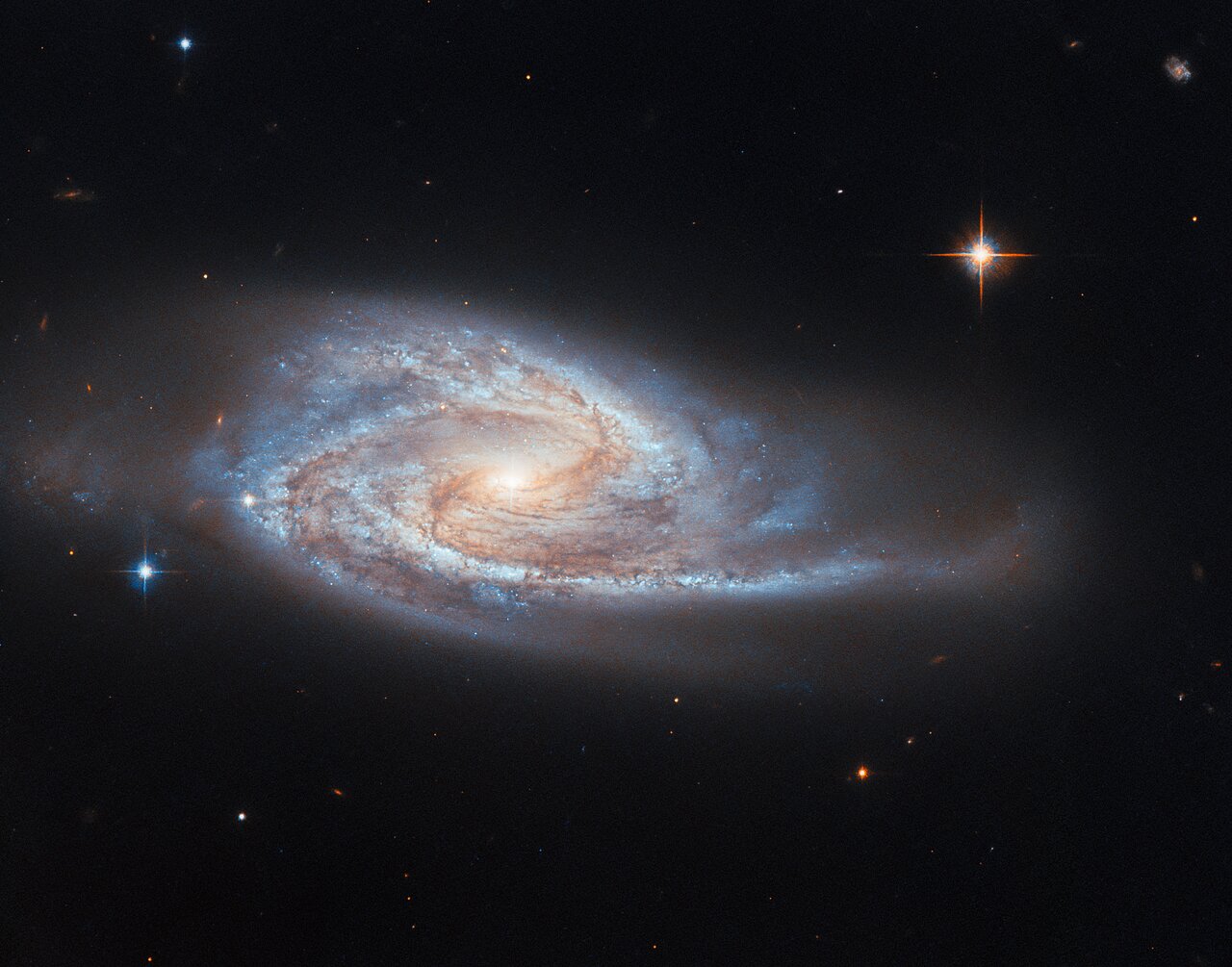
Branford Marsalis (born August 26, 1960) is an American saxophonist, composer, and bandleader. While primarily known for his work in jazz as the leader of the Branford Marsalis Quartet, he also performs frequently as a soloist with classical ensembles and has led the group Buckshot LeFonque. From 1992 to 1995 he led the Tonight Show Band.
Marsalis was born on August 26, 1960, in New Orleans. He is the son of Dolores (née Ferdinand), a jazz singer and substitute teacher, and Ellis Louis Marsalis, Jr., a pianist and music professor. His brothers Jason Marsalis, Wynton Marsalis, and Delfeayo Marsalis are also jazz musicians.
more...Leon Redbone (born Dickran Gobalian; August 26, 1949 – May 30, 2019) was a singer-songwriter and musician specializing in jazz, blues, and Tin Pan Alley classics. Recognized by his hat (often a Panama hat), dark sunglasses, and black tie, he was born in Cyprus of Armenian ancestry and first appeared on stage in Toronto, Canada, in the early 1970s. He also appeared on film and television in acting and voice-over roles.
In concert, Redbone often employed comedy and demonstrated his guitar-playing skill. His recurrent gags involved the influence of alcohol and claims he had written works originating well before he was born. He favored music of the Tin Pan Alley era, circa 1890–1910. He sang the theme to the 1980s television series Mr. Belvedere, and released 18 albums.
more...Mark Snow (born Martin Fulterman; August 26, 1946) is an American composer for film and television. Among his most famous compositions is the theme music for science fiction television series The X-Files.
The X Files instrumental was released as a single in the United Kingdom, where the series aired on BBC Two and BBC One, in early-1996, peaking at number two on the UK Singles Chart. Snow also wrote the music for another Chris Carter series, Millennium, and the background music scores for both shows, a total of 12 seasons. Snow composed scores for other notable television, including Hart to Hart, Starsky & Hutch (season 3), and Smallville.
more...James Andrew Rushing (August 26, 1901 – June 8, 1972) was an American singer and pianist from Oklahoma City, Oklahoma, U.S., best known as the featured vocalist of Count Basie‘s Orchestra from 1935 to 1948.
Rushing was known as “Mr. Five by Five” and was the subject of an eponymous 1942 popular song that was a hit for Harry James and others; the lyrics describe Rushing’s rotund build: “he’s five feet tall and he’s five feet wide”. He joined Walter Page‘s Blue Devils in 1927 and then joined Bennie Moten‘s band in 1929. He stayed with the successor Count Basie band when Moten died in 1935.
Rushing said that his first time singing in front of an audience was in 1924. He was playing piano at a club when the featured singer, Carlyn Williams, invited him to do a vocal. “I got out there and broke it up. I was a singer from then on,” he said.
Rushing was a powerful singer who had a range from baritone to tenor. He has sometimes been classified as a blues shouter. He could project his voice so that it soared over the horn and reed sections in a big-band setting. Basie claimed that Rushing “never had an equal” as a blues vocalist, though Rushing “really thought of himself as a ballad singer.” George Frazier, the author of Harvard Blues, called Rushing’s voice “a magnificent gargle”. Dave Brubeck defined Rushing’s status among blues singers as “the daddy of them all.” Late in his life, Rushing said of his singing style, “I don’t know what kind of blues singer you’d call me. I just sing ’em.” Among his best-known recordings are “Going to Chicago”, with Basie, and “Harvard Blues”, with a saxophone solo by Don Byas.
more...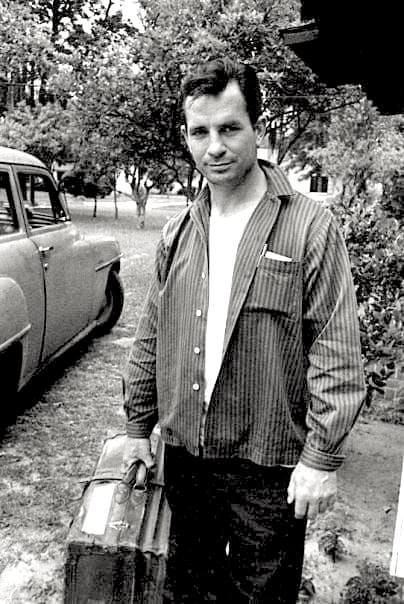
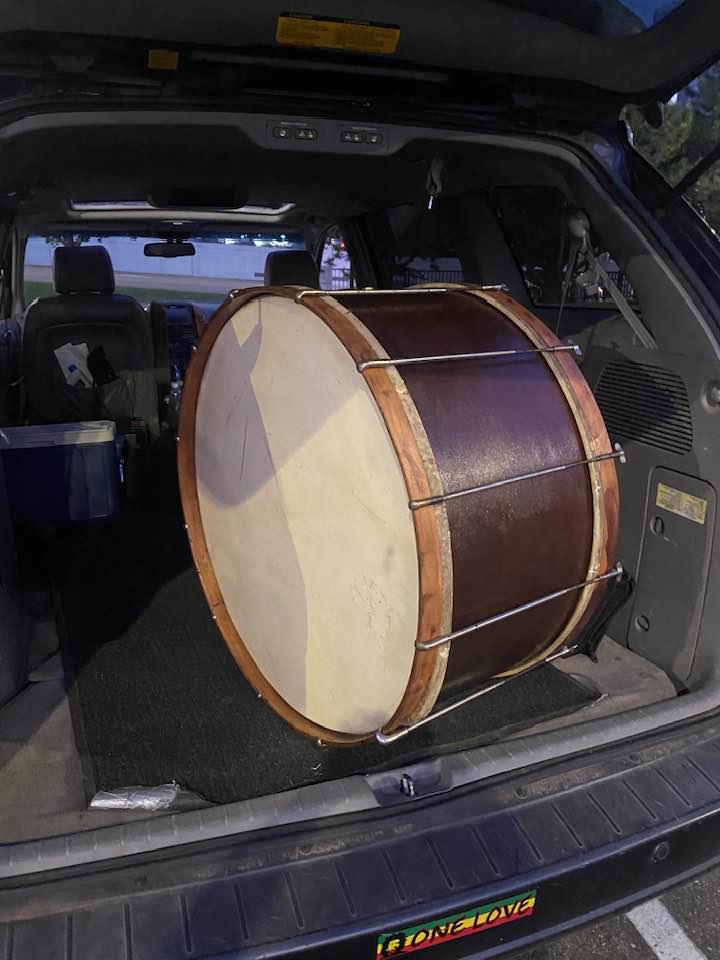
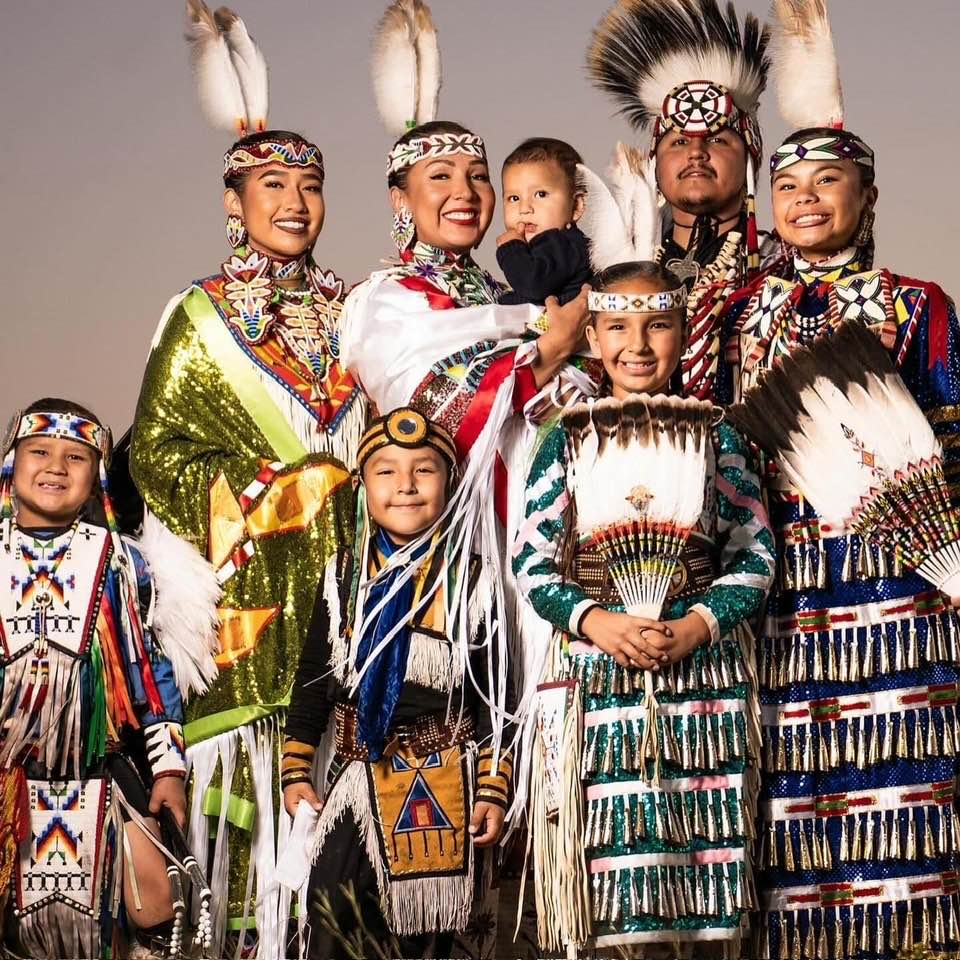
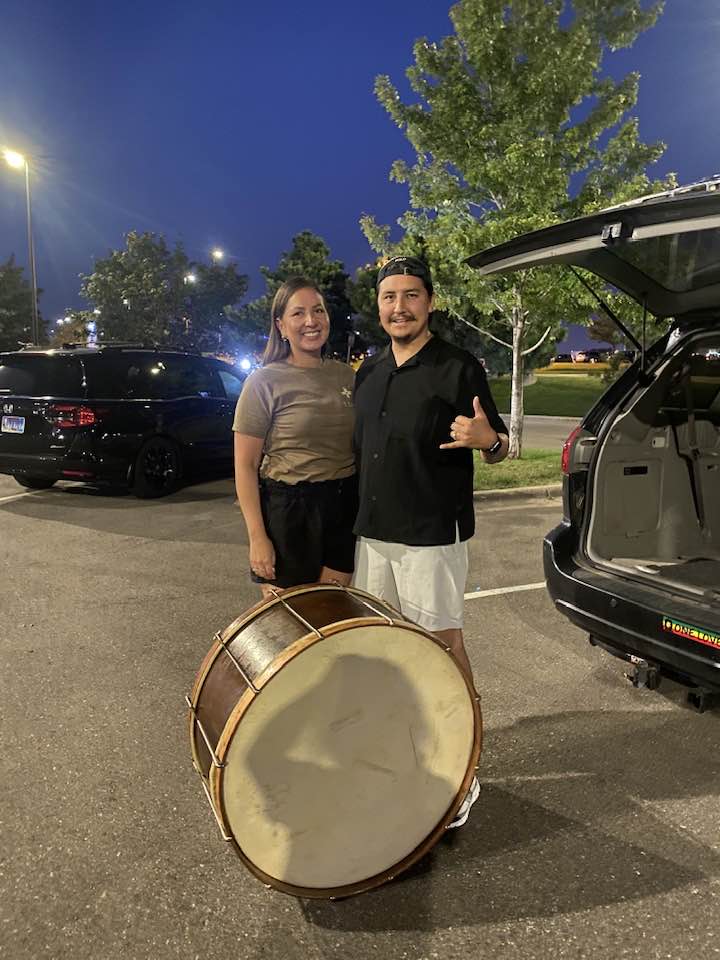
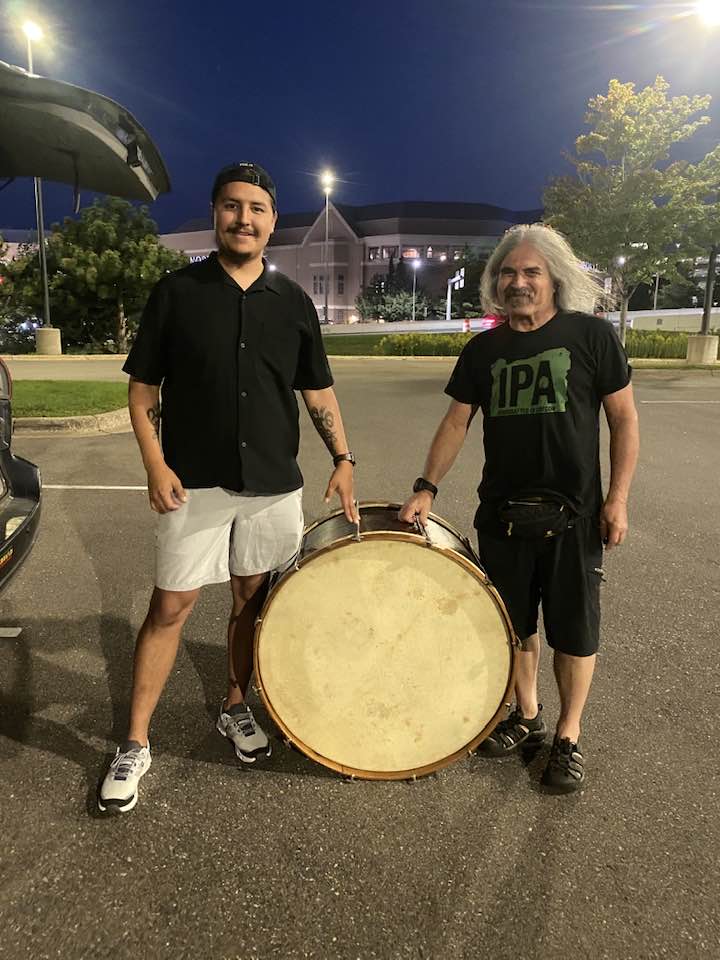
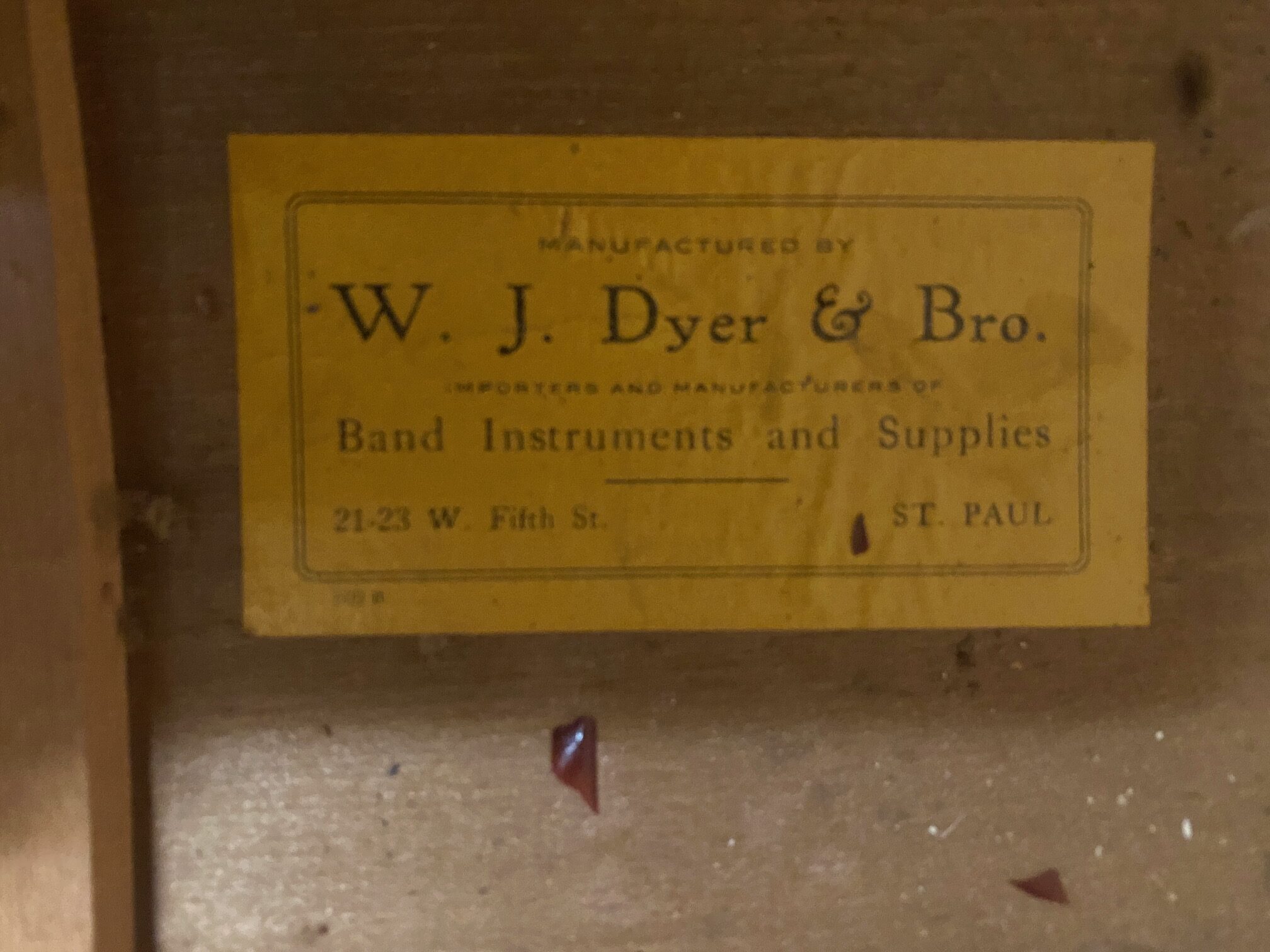
Long features dubbed tiger stripes are known to be spewing ice from the moon’s icy interior into space, creating a cloud of fine ice particles over the moon’s South Pole and creating Saturn‘s mysterious E-ring. Evidence for this has come from the robot Cassini spacecraft that orbited Saturn from 2004 to 2017. Pictured here, a high resolution image of Enceladus is shown from a close flyby. The unusual surface features dubbed tiger stripes are visible in false-color blue. Why Enceladus is active remains a mystery, as the neighboring moonMimas, approximately the same size, appears quite dead. An analysis of ejected ice grains has yielded evidence that complex organic molecules exist inside Enceladus. These large carbon-rich molecules bolster — but do not prove — that oceans under Enceladus’ surface could contain life.

Linda May Han Oh (born 25 August 1984) is an Australian jazz bassist and composer. She is currently Associate Professor at the Berklee College of Music and is also part of the Institute for Jazz and Gender Justice.
Born in Malaysia, Oh was raised in Western Australia. When she was 11, she started to play the clarinet and at the age of 13 bassoon. She went to Churchlands Senior High School. As a bass guitarist, she started in a high school band; and in 2002, she attended the Western Australian Academy of Performing Arts, where she picked up the upright bass and studied solo transcriptions of Dave Holland. Her thesis was on the classical Indian music rhythms in Holland’s solos. After more scholarships she moved to New York in 2008, where she completed her master’s degree at the Manhattan School of Music, among others with Jay Anderson, John Riley, Phil Markowitz, Dave Liebmanand Rodney Jones as supervisors.
more...Pat Martino (born Patrick Carmen Azzara; August 25, 1944 – November 1, 2021) was an American jazz guitarist and composer. He has been cited as one of the greatest guitarists in jazz.
Martino was born Patrick Carmen Azzara in Philadelphia, Pennsylvania, United States, to father Carmen “Mickey” Azzara (d. 1990) and mother Jean (née Orlando, d. 1989).He was first exposed to jazz by his father, who sang in local clubs and briefly studied guitar. Pat studied with renowned jazz teacher Dennis Sandole, and in his studio met other of Sandole’s students; among them, John Coltrane, James Moody, McCoy Tynerand others. Martino began playing professionally at the age of 15 after moving to New York City. He lived for a period with Les Paul and began playing at jazz clubs such as Smalls Paradise. He later moved into a suite in the President Hotel on 48th Street. He played at Smalls for six months of the year, and played summers at the Club Harlem in Atlantic City, New Jersey.
more...Wayne Shorter (August 25, 1933 – March 2, 2023 Newark, NJ) was an American jazz saxophonist, composer and bandleader. Shorter came to mainstream prominence in 1959 upon joining Art Blakey‘s Jazz Messengers, for whom he eventually became the primary composer. In 1964 he joined Miles Davis‘ Second Great Quintet, and then co-founded the jazz fusion band Weather Report in 1970. He recorded more than 20 albums as a bandleader.
Many Shorter compositions have become jazz standards. His music has earned worldwide recognition, critical praise, universal commendation, and 12 Grammy Awards. He was acclaimed for his mastery of the soprano saxophone since switching his focus from the tenor in the late 1960s and beginning an extended reign in 1970 as DownBeat‘s annual poll-winner on that instrument, winning the critics’ poll for 10 consecutive years and the readers’ for 18. The New York Times music critic Ben Ratliff described Shorter in 2008 as “probably jazz’s greatest living small-group composer and a contender for greatest living improviser”. In 2017, he was awarded the Polar Music Prize.
Herbie Hancock said of Shorter’s tenure in Miles Davis‘s Second Great Quintet: “The master writer to me, in that group, was Wayne Shorter. He still is a master. Wayne was one of the few people who brought music to Miles that didn’t get changed.” Davis said, “Wayne is a real composer. He writes scores, writes the parts for everybody, just as he wants them to sound. … Wayne also brought in a kind of curiosity about working with musical rules. If they didn’t work, then he broke them, but with musical sense; he understood that freedom in music was the ability to know the rules, in order to bend them to your own satisfaction and taste.”
Ian Carr, musician and Rough Guide author, said that with Davis, Shorter found his own voice as a player and composer. “Blakey’s hard-driving, straight-ahead rhythms had brought out the muscularity in Shorter’s tenor playing, but the greater freedom of the Davis rhythm-section allowed him to explore new emotional and technical dimensions.”
Shorter remained in Davis’s band after the breakup of the quintet in 1968, playing on early jazz fusion recordings including In a Silent Way and Bitches Brew (both 1969). His last live dates and studio recordings with Davis were in 1970.
Until 1968, he played tenor saxophone exclusively. The final album on which he played tenor in the regular sequence of Davis albums was Filles de Kilimanjaro. In 1969, he played the soprano saxophone on the Davis album In a Silent Way and on his own Super Nova(recorded with then-current Davis sidemen Chick Corea and John McLaughlin). When performing live with Davis, and on recordings from summer 1969 to early spring 1970, he played both soprano and tenor saxophones: by the early 1970s, however, he chiefly played soprano.
more...Leonard Bernstein (born Louis Bernstein; August 25, 1918 – October 14, 1990 Lawrence, MA) was an American conductor, composer, pianist, music educator, author, and humanitarian. Considered to be one of the most important conductors of his time, he was the first American-born conductor to receive international acclaim. Bernstein was “one of the most prodigiously talented and successful musicians in American history” according to music critic Donal Henahan. Bernstein’s honors and accolades include seven Emmy Awards, two Tony Awards, and 16 Grammy Awards(including the Lifetime Achievement Award) as well as an Academy Awardnomination. He received the Kennedy Center Honor in 1981.
As a composer, Bernstein wrote in many genres, including symphonic and orchestral music, ballet, film and theatre music, choral works, opera, chamber music, and pieces for the piano. Bernstein’s works include the Broadway musical West Side Story, which continues to be regularly performed worldwide, and has been adapted into two (1961and 2021) feature films, three symphonies, Serenade after Plato’s “Symposium” (1954), and Chichester Psalms (1965), the original score for the Elia Kazan drama film On the Waterfront (1954), and theater works including On the Town (1944), Wonderful Town(1953), Candide (1956), and his Mass (1971).
Bernstein was the first American-born conductor to lead a major American symphony orchestra. He was music director of the New York Philharmonic and conducted the world’s major orchestras, generating a legacy of audio and video recordings.Bernstein was also a critical figure in the modern revival of the music of Gustav Mahler, in whose music he was most interested. A skilled pianist, Bernstein often conducted piano concertos from the keyboard. He shared and explored classical music on television with a mass audience in national and international broadcasts, including Young People’s Concerts with the New York Philharmonic.
Bernstein worked in support of civil rights, protested against the Vietnam War, advocated nuclear disarmament, raised money for HIV/AIDS research and awareness, and engaged in multiple international initiatives for human rights and world peace. He conducted Mahler’s Resurrection Symphony to mark the death of president John F. Kennedy, and in Israel at a concert, Hatikvah on Mt. Scopus, after the Six-Day War. The sequence of events was recorded for a documentary entitled Journey to Jerusalem. At the end of his life, Bernstein conducted a performance of Beethoven’s Symphony No. 9 in Berlin to celebrate the fall of the Berlin Wall.
more...More Posts
- World Music with Obo Addy
- Daily Roots with Bob Marley
- The Cosmos with Fleming 1
- Ernest Ranglin Day
- Billy Drummond Day
- World Music with Lela Tataraidze
- Daily Roots with the Skatalites
- The Cosmos with NGC 6872 & IC 4970
- Paul McCartney Day
- William Hooker Day
- Rudy Rutherford Day
- World Fusion with Manika Kaur
- Daily Roots with the Congos
- Happy Fathers Day 2018
- The Cosmos with RCW 108
- Chuck Rainey Day
- Sing Miller Day
- World Music with Corvus Corax
- Daily Roots with ITSJAHMIEL
- The Cosmos with NGC 3372
